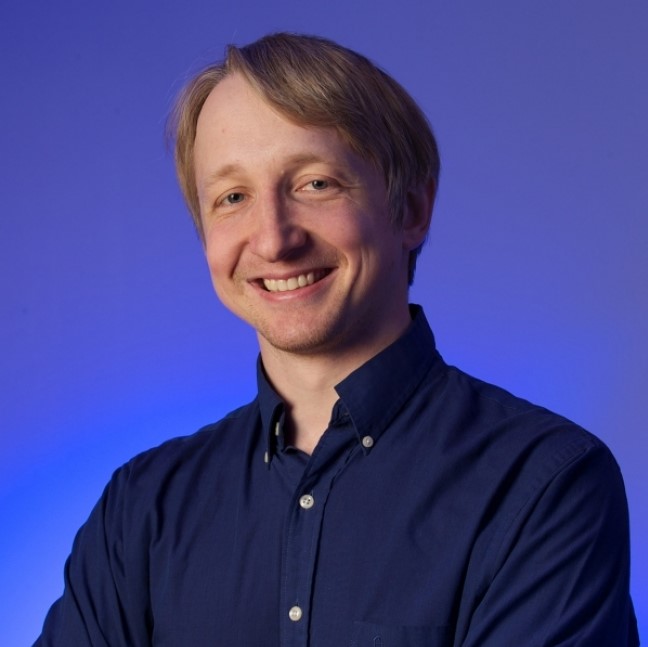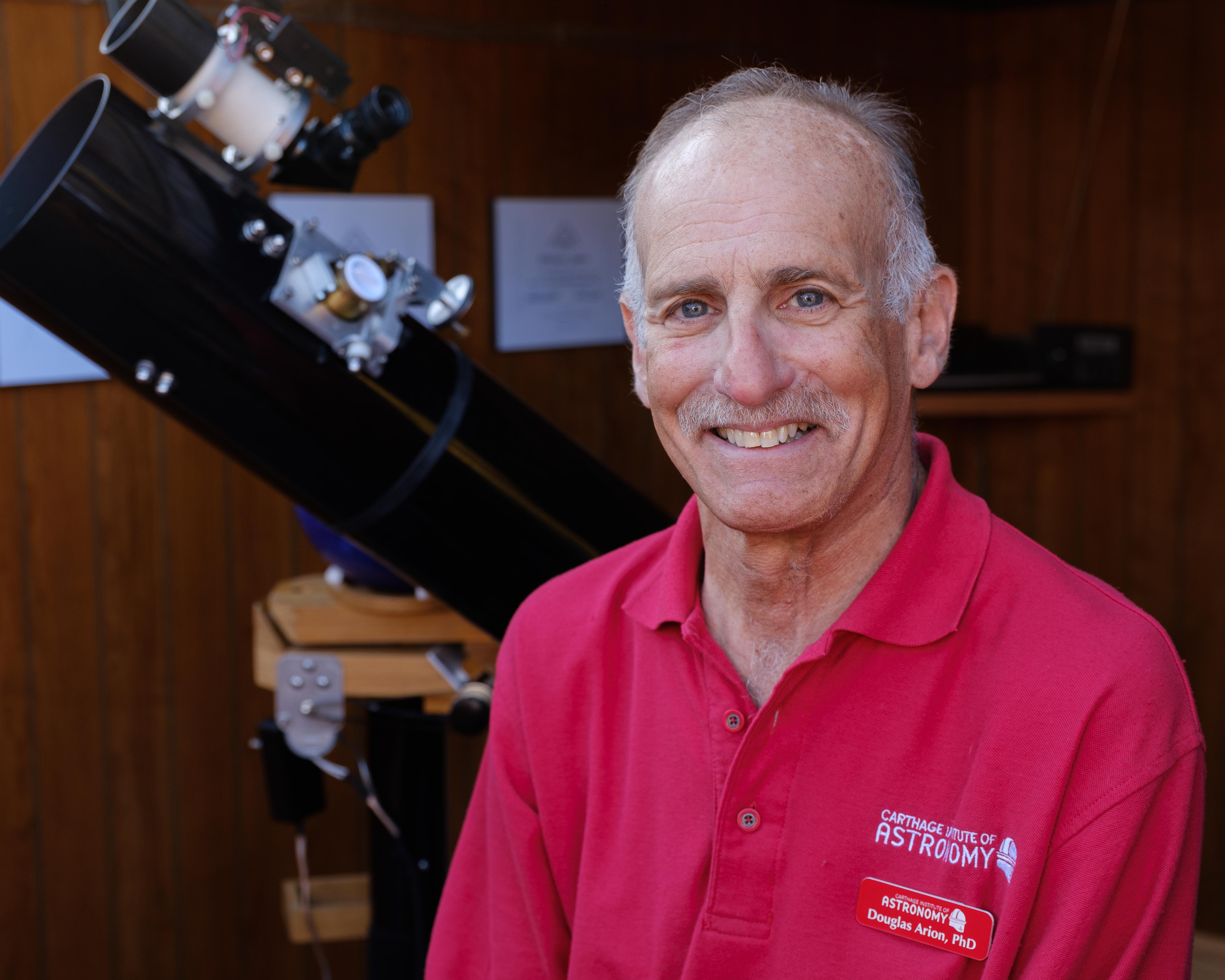UMD to Lead $1M NSF Project to Develop a Quantum Network to Interconnect Quantum Computers
- Details
- Category: Department News
- Published: Tuesday, September 29 2020 00:01
Quantum technology is expected to be a major technological driver in the 21st century, with significant societal impact in various sectors. A quantum network would revolutionize a broad range of industries including computing, banking, medicine, and data analytics. While the Internet has transformed virtually every aspect of our life by enabling connectivity between a multitude of users across the globe, a quantum internet could have a similar transformational potential for quantum technology.
The National Science Foundation (NSF) has awarded $1 million to a multi-institutional team led by Edo Waks and Norbert Linke, along with Mid-Atlantic Crossroads (MAX) Executive Director Tripti Sinha and co-PIs Dirk Englund of the Massachusetts Institute of Technology and Saikat Guha of the University of Arizona, to help develop quantum interconnects for ion trap quantum computers, which are currently some of the most scalable quantum computers available.
The group is one of 29 teams who were selected for the Convergence Accelerator program, a new NSF initiative designed to accelerate use-inspired research to address wide-scale societal challenges. The 2020 cohort addresses two transformative research areas of national importance: quantum technology and artificial intelligence.
“We plan to merge state-of-the-art quantum technology with prevailing internet technology to interconnect quantum computers coherently over a quantum internet that coexists with and leverages the vast existing infrastructure that is our current Internet,” said Waks, principal investigator on the project, who is the Quantum Technology Center (QTC) Associate Director and holds appointments in Physics, the Department of Electrical and Computer Engineering, Joint Quantum Institute and the Institute for Research in Electronics and Applied Physics.
The ability to interconnect many ion trap quantum computers over a quantum internet would be a major technological advance, laying the foundation for applications that are impossible on today’s internet.
“The NSF Convergence Accelerator is focusing on delivering tangible solutions that have a nation-wide societal impact and at a faster pace,” said Pradeep Fulay, Program Director for the Convergence Accelerator. “Over the next nine months this team and 10 other teams aligned to the Quantum Technology track, will work to build proof-of-concepts by leveraging the Accelerator’s innovation model and curriculum to include multidisciplinary partnerships between academia, industry and other organizations; as well as team science, human-centered design, and user-discovery; igniting a convergence team-building approach.”
Their project, part of the NSF Convergence Accelerator's (C-Accel) Quantum Technology Track, will develop the quantum interconnects required to establish kilometer distance quantum channels between remote quantum computing sites. The result will be the MARQI network, a local area network that will interconnect quantum computers at University of Maryland, the Army Research Laboratory, and Mid-Atlantic Crossroads (MAX), with potential for major scalability. In addition, an MARQI Advisory Committee will be created comprising those interested in advancing the project.
“We will leverage a quantum network testbed — of our recently-awarded NSF Engineering Research Center: the "Center for Quantum Networks” led by University of Arizona in partnership with MIT, Harvard, Yale and several other institutions — for rapid prototyping, benchmarking and scaling up trapped-ion-based quantum routers to be built in the UMD-led Convergence Accelerator program,” says Saikat Guha.
Although the quantum internet was an idea previously relegated to research labs, it is now in a position to become an applied technology with transformational potential for society, science, and national security.
“This convergence accelerator program will deliver the future backbone for a fully-functional quantum internet that can enable the transmission of quantum data over continental distances,” says Waks.
The quantum technology topic complements the NSF's Quantum Leap Big Idea and aligns with the National Science and Technology Council (NSTC) strategy to improve the U.S. industrial base, create jobs and provide significant progress toward economic and societal needs.
"The quantum technology and AI-driven data and model sharing topics were chosen based on community input and identified federal research and development priorities," said Douglas Maughan, head of the NSF Convergence Accelerator program. "This is the program's second cohort and we are excited for these teams to use convergence research and innovation-centric fundamentals to accelerate solutions that have a positive societal impact."
Original story here: https://qtc.umd.edu/news/story/umd-to-lead-1m-nsf-project-to-develop-a-quantum-network-to-interconnect-quantum-computers



 Funded by the National Science Foundation and other supporters, Mountains of Stars began as a partnership between Carthage College and the Appalachian Mountain Club, the oldest outdoor recreation, conservation and education organization in the U.S. The mission: use high-quality, hands-on astronomy experiences to change people’s attitudes and actions toward the environment.
Funded by the National Science Foundation and other supporters, Mountains of Stars began as a partnership between Carthage College and the Appalachian Mountain Club, the oldest outdoor recreation, conservation and education organization in the U.S. The mission: use high-quality, hands-on astronomy experiences to change people’s attitudes and actions toward the environment.